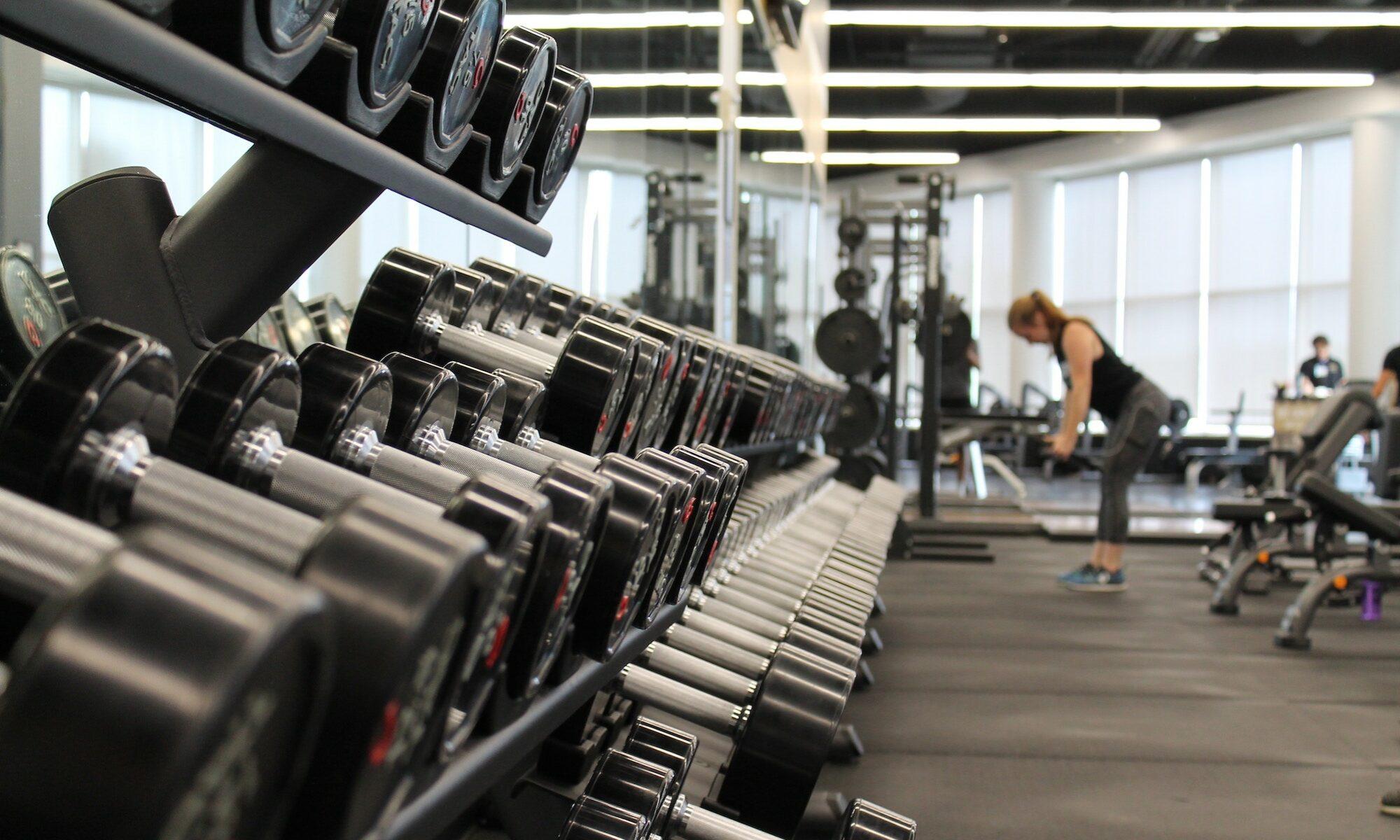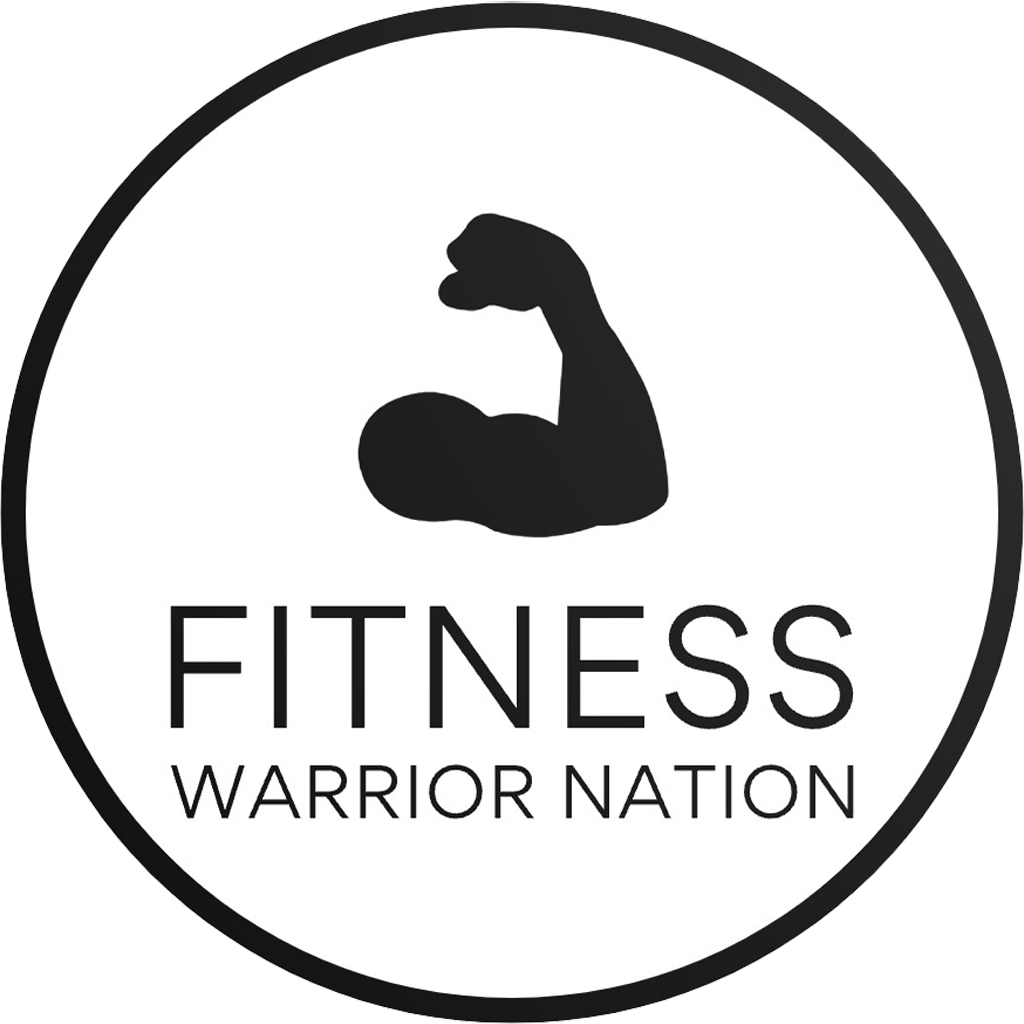Not everyone is wired to embrace the rising sun with enthusiasm, especially when it comes to fitness routines. If the mere thought of waking up early for a workout fills you with dread, you’re far from alone. The good news is, fitness strategies don’t require you to be an early bird to be effective. In fact, countless alternatives exist that respect your natural rhythms, help you stay consistent, and make exercise an enjoyable part of your daily life. From crafting flexible fitness plans to embracing twilight training sessions, this guide unlocks practical and motivational approaches tailored specifically for those who thrive beyond the dawn. Recognize that fitness success isn’t about clock time but about consistency, personalization, and smart planning that fits your lifestyle and energy patterns. Let’s explore how to conquer dreadless fitness and make lazy morning workouts just the start of your journey to vitality.
Embracing Flexible Fitness Plans: Align Workouts with Your Natural Energy
Fitness isn’t about a rigid schedule; it’s about meeting your body exactly where it is. For many who dread early starts, forcing workouts at dawn can lead to burnout, poor performance, and a love-hate relationship with exercise. By adopting flexible fitness plans that consider your peak energy levels, you transform the journey into a sustainable, enjoyable habit.
Scientific evidence reveals that human body temperature, coordination, and muscular strength tend to peak in the late afternoon and early evening. Rather than pushing yourself to rise groggy at 5 a.m., scheduling workouts at these times allows you to train at your physical best, improving performance and reducing injury risk.
Consider the following tailored strategies:
- Late Start Fitness: Reserve afternoon or early evening slots for your strength training or cardio sessions when your alertness and physical capacity are naturally elevated.
- Sunset Sessions: Capitalize on the serene vibe of twilight with activities like yoga, brisk walking, or swimming that also double as excellent stress-relief practices.
- No Rush Fitness: Avoid the pressure of squeezing workouts into rushed mornings. Instead, dedicate unhurried time after work to focus fully on your fitness routine.
Take the story of Megan, a 32-year-old professional who struggled with motivation until she shifted her workout routine to evenings. Easily incorporating strength sessions post-work, she experienced consistent gains and reported greater enjoyment, effectively embodying the idea that success thrives on personal alignment rather than traditional timing.
Building a Routine Around Your Biological Clock
Understanding your circadian rhythms is a game changer. Some people are naturally “night owls” — their bodies are more responsive and energetic later in the day. Tracking your feelings of alertness and fatigue throughout the day over a week can help identify your optimal workout window.
Make it a habit to:
- Note times of peak focus and energy.
- Experiment with different workout times to find what feels sustainable.
- Use technology like fitness trackers to monitor performance metrics across different times.
Not only will this approach foster greater consistency, but it also tends to improve quality of movement and recovery due to better synchronization with your internal clock. A great resource to expand your knowledge about syncing fitness with your biorythm is available on the Planet Fitness Growth Success page, which offers insights into sustainable fitness approaches.
| Time of Day | Typical Performance Attributes | Suggested Activities |
|---|---|---|
| Morning (6am – 9am) | Lower body temperature, slower reaction time | Gentle stretching, meditation, light cardio |
| Midday (11am – 2pm) | Moderate strength and flexibility | Moderate cardio, circuit training |
| Afternoon (3pm – 6pm) | Peak strength, coordination, body temperature | Resistance training, sprinting, high-intensity interval training (HIIT) |
| Evening (7pm – 9pm) | Muscle recovery begins, mental relaxation | Yoga, stretching, light cardio |
By embracing timing that suits your rhythm, you unlock new motivation avenues and ditch that “early bird fitness” expectation which isn’t universal. This is the foundation of dreadless fitness: personal freedom paired with intelligent planning.
Short, Effective Workouts: Ditch the Hour-Long Torture for Mini Fitness Bursts
Long workouts aren’t the only path to fitness. They can feel daunting — especially if you’re not a morning person and dread having to squeeze in an hour of high-intensity effort before work or other responsibilities. Enter the power of lazy morning workouts and quick sessions dispersed throughout your day.
Modern fitness science endorses brief, focused bouts of exercise that can be just as effective as longer sessions when done consistently. These mini workouts foster adherence because they integrate smoothly into daily life.
- 10–15 Minute Circuits: Short bursts of bodyweight exercises like squats, lunges, push-ups, or planks can be done during breaks or before meals.
- Active Breaks: Transform mid-afternoon slumps into productivity boosts with 5-10 minute walks or stretching sets.
- Movement Multiplication: Accumulate exercise with small moments — such as cycling part of your commute, walking during calls, or standing desks.
Scientific evidence suggests that repeated short sessions enhance metabolism, increase energy expenditure, and build strength over time. Ava, a 45-year-old mother juggling a busy schedule, shares how she infuses movement without feeling overwhelmed by fitting in 10-minute workouts before breakfast or even while cooking dinner.
Transforming Routine Activities into Fitness Opportunities
Exercise need not be confined to gym spaces or designated time blocks. Incorporate movement into household chores or leisure activities to boost your activity without additional burden.
- Vacuuming or mopping with intensity akin to a light HIIT session.
- Squatting while picking up clutter or dancing during dishwashing.
- Taking stairs vigorously instead of the elevator.
These tactics not only burn calories but fortify your mindset by making exercise part of life—not separate from it. It’s an essential key to success for those who prefer nocturnal rhythms and selective peak activity windows. For further inspiration on blending life and fitness, discover tips on Late Start Fitness approaches and routines.
| Activity | Estimated Calories Burned (10 min) | Suitable For |
|---|---|---|
| Light Vacuuming | 50-70 | All fitness levels |
| Dancing While Doing Dishes | 60-90 | Beginners to intermediate |
| Stair Climbing | 80-110 | All fitness levels |
Using Movement to Combat the Afternoon Slump: Harness Your Body’s Natural Energy Waves
Everyone knows the dreaded 3 p.m. fog when focus evaporates and the brain seems to run on empty. But this slump is an opportunity: a perfect window to revive productivity through gentle exercise.
Rather than reaching for that sugary snack or extra cup of coffee, use quick movement to reboot your system and burn calories simultaneously.
- Take a brisk 10-minute walk outdoors to refresh your mind and body.
- Engage in light strength exercises such as bodyweight squats or calf raises.
- Use stretching or mobility drills to energize muscles and improve posture.
This approach works especially well for those who dislike crushing early workouts but still want health gains. Joel, an office worker, swears by his afternoon “recharge” walks which have helped manage weight and improve focus without forcing a sunrise routine.
| Activity | Ideal Duration | Benefits |
|---|---|---|
| Brisk Walk | 10-15 minutes | Increases circulation, mental clarity |
| Light Strength Circuit | 5-10 minutes | Engages muscles, boosts metabolism |
| Stretching Routine | 5-10 minutes | Improves flexibility, relieves tension |
For more ideas and success stories on integrating fitness into daily work-life without early pressure, explore content on Richmond Fitness Destination.
Evening Workouts and Twilight Training: De-Stress and Boost Restfulness
Night owls rejoice — evening workouts can be your new best friend in twilight training. Exercising after work helps release built-up tension, improves mood, and primes the body for restorative sleep without interrupting your natural snooze cycle.
Popular evening activities include:
- Yoga and stretching: Gentle movements that calm the nervous system.
- Brisk walking or light jogging: Moderately boosts heart rate for cardiovascular health.
- Resistance training: Focus on strength sessions that renew energy once the workday ends.
Jessica, a late-start fitness advocate featured in Joseph Baena’s Fitness Journey interviews, explains how evening weightlifting transformed her mental health and fostered consistent progress without morning sacrifices.
The benefits of moving your sessions to evening hours include:
- Enhanced stress relief after a hectic day.
- Improved sleep quality due to balanced hormones.
- Greater flexibility to commit without disrupting childhood or family routines.
| Evening Activity | Ideal Duration | Key Benefits |
|---|---|---|
| Yoga | 20-45 minutes | Mindfulness, muscle relaxation |
| Brisk Walk | 15-30 minutes | Cardiovascular health, mental clarity |
| Resistance Training | 30-60 minutes | Muscle gain, metabolic boost |
Building Consistency with Low-Pressure Goals: How to Win at Dreadless Fitness
Consistency is the cornerstone of lasting fitness success, especially for those who shy away from early starts. Instead of lofty resolutions that demand daily dawn sessions, a strategy embracing low-pressure goals increases your likelihood of sustained progress.
Approaches include:
- Start Small: Commit to 2–3 workouts per week, allowing gradual adaptation and avoiding overwhelm.
- Focus on Feelings: Prioritize how exercise makes you feel – energized, stronger, calmer – rather than how fast or early you perform.
- Track Progress: Use apps or journals to note improvements in endurance, mood, or strength to stay motivated.
- Allow Flexibility: Be willing to modify your schedule based on life demands without guilt.
- Celebrate Wins: Reward yourself for milestones, reinforcing positive habits.
Chris, a university student who battled typical dread around early starts, found success by switching to sleep-in strength routines three times weekly. Over months, his commitment built up to regular active days without surrendering to “early bird fitness” pressures. His story is celebrated in Boyfriend Fitness Competition, where adaptable plans secured long-term victories.
| Goal Type | Example | Benefit |
|---|---|---|
| Frequency | Exercise 3 times/week | Builds habit without burnout |
| Time | 15-min sessions | Fits into busy lifestyles |
| Quality | Focus on form and feeling | Prevents injury, boosts effectiveness |
| Flexibility | Swap workout times as needed | Reduces stress, improves adherence |
Ultimately, the essence of maintaining a fitness routine despite a disliked early alarm is to design a system that honors your personal rhythm and goals — whether that’s through midday bursts, twilight training, or a simple stretching routine during the evening. As the community around flexible fitness grows, evidenced by the expansion of gyms and programs like those featured in Planet Fitness Worcester Gym, the options for dreadless fitness are more accessible than ever.


